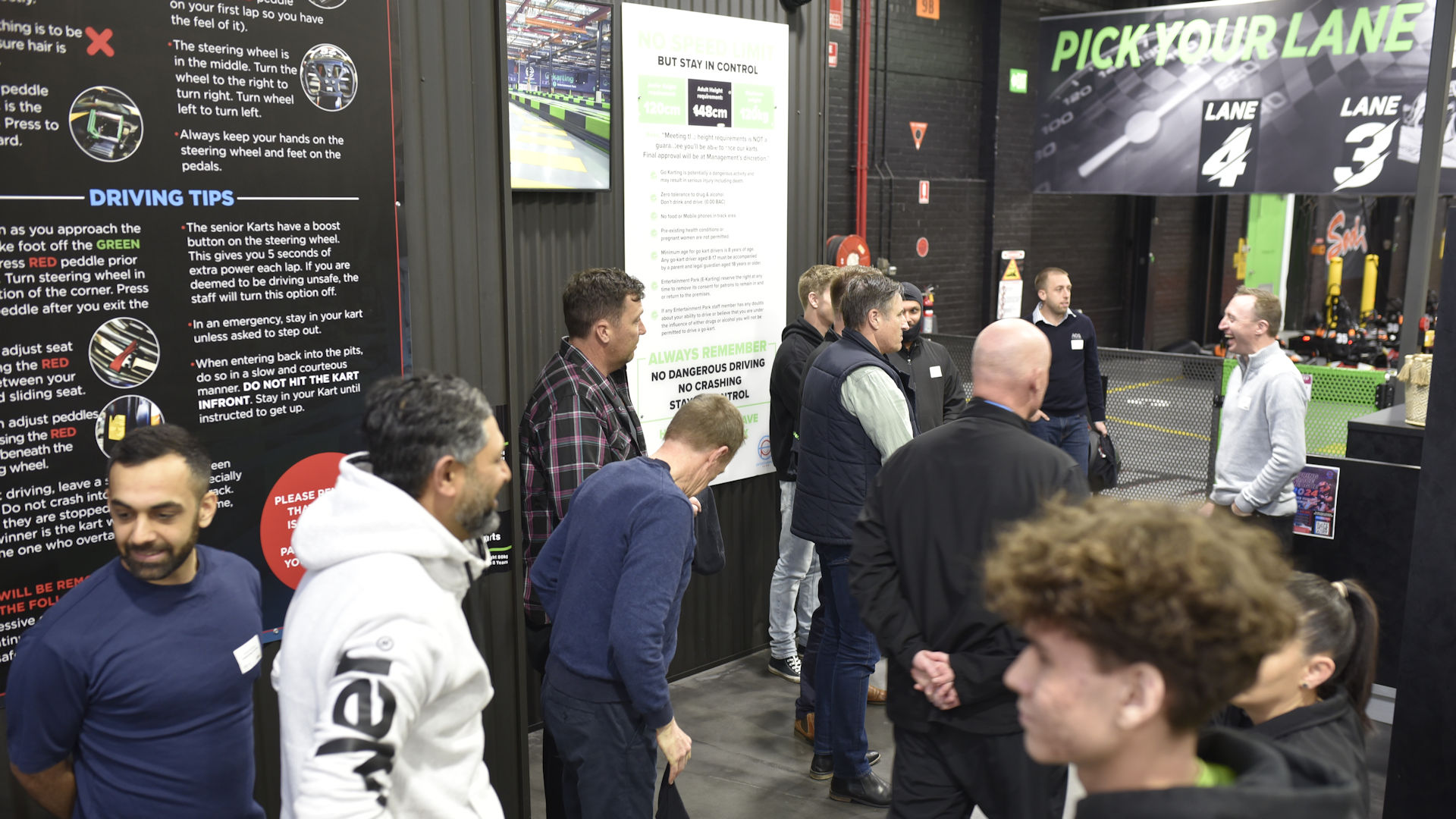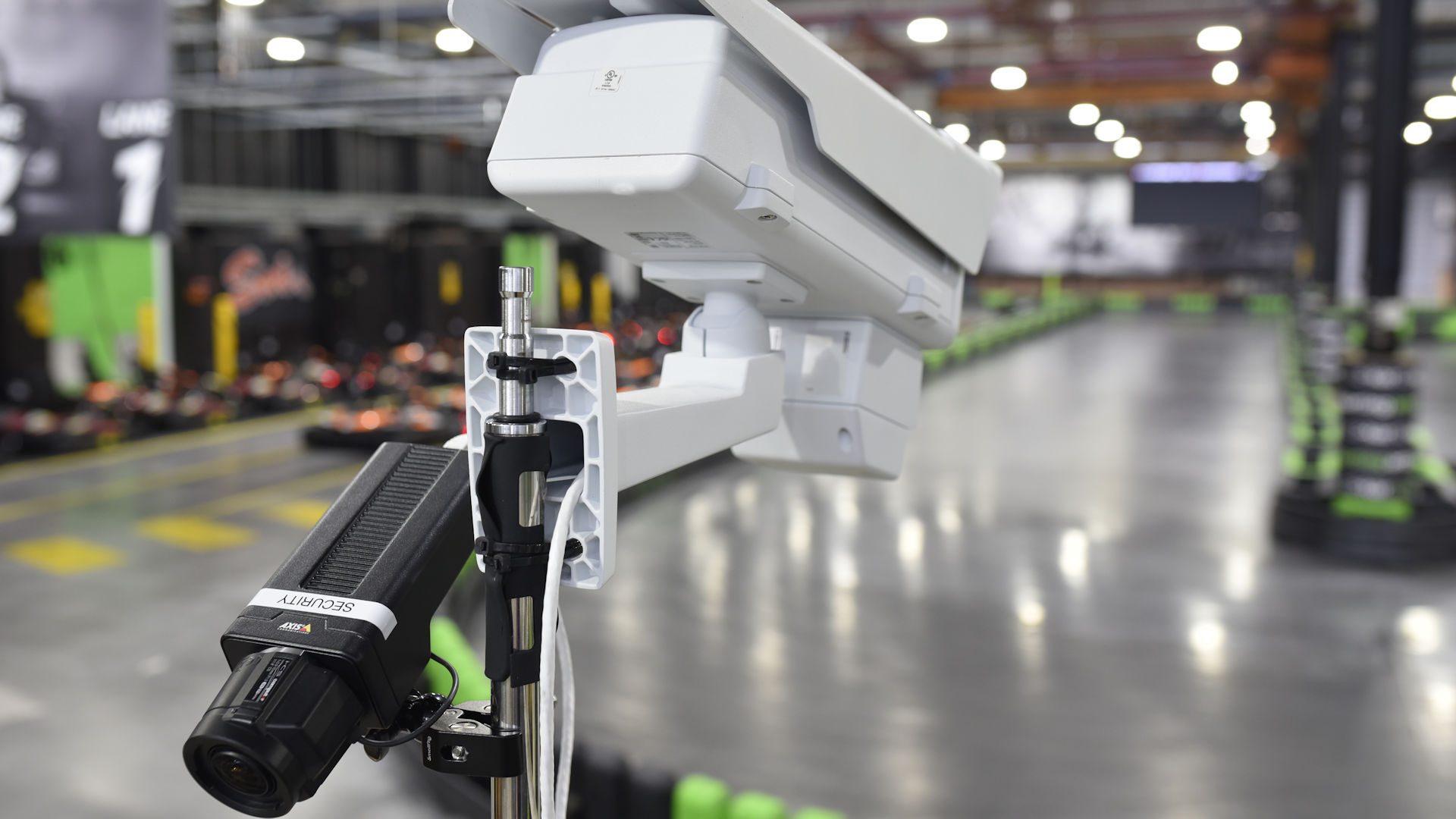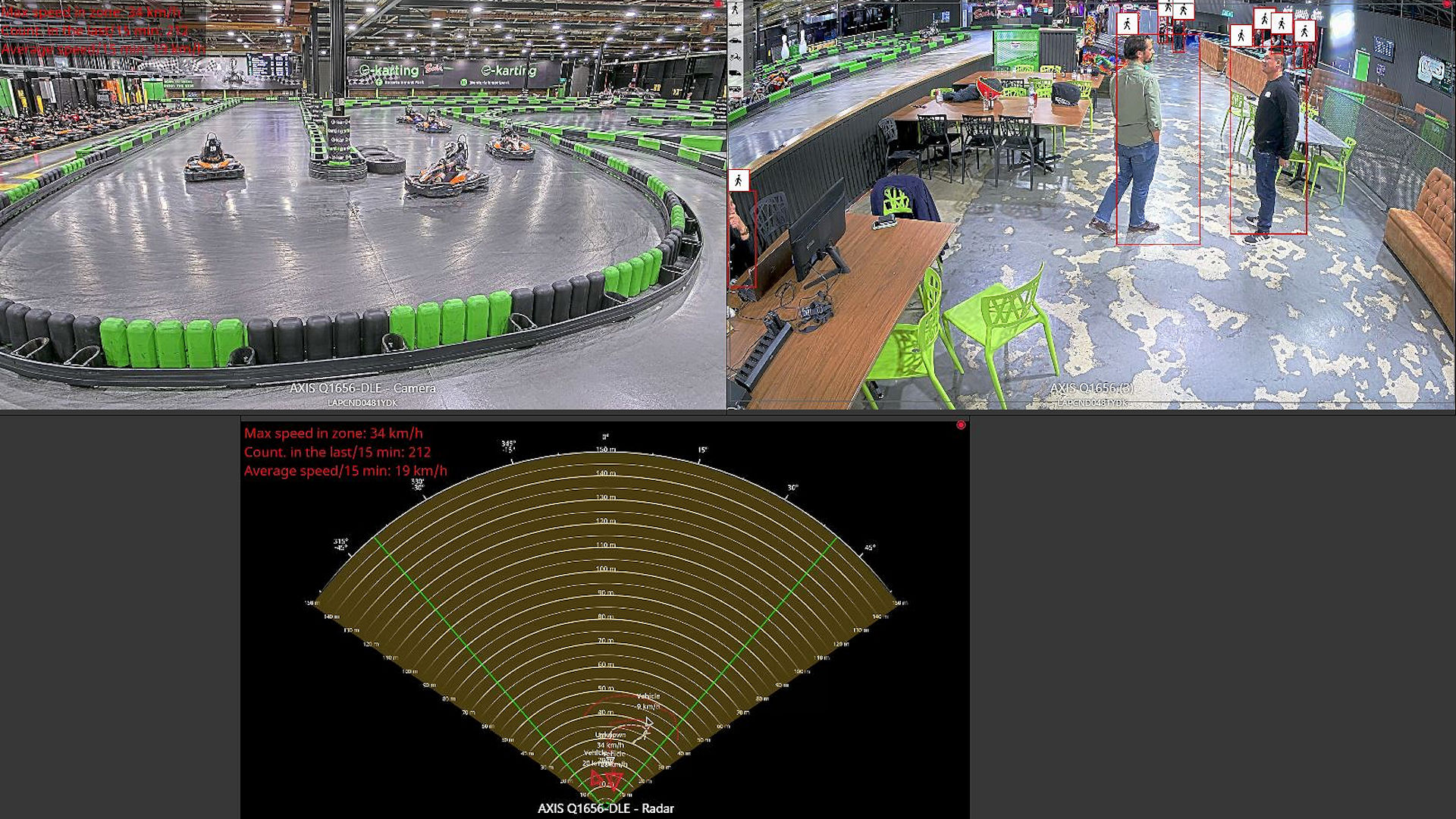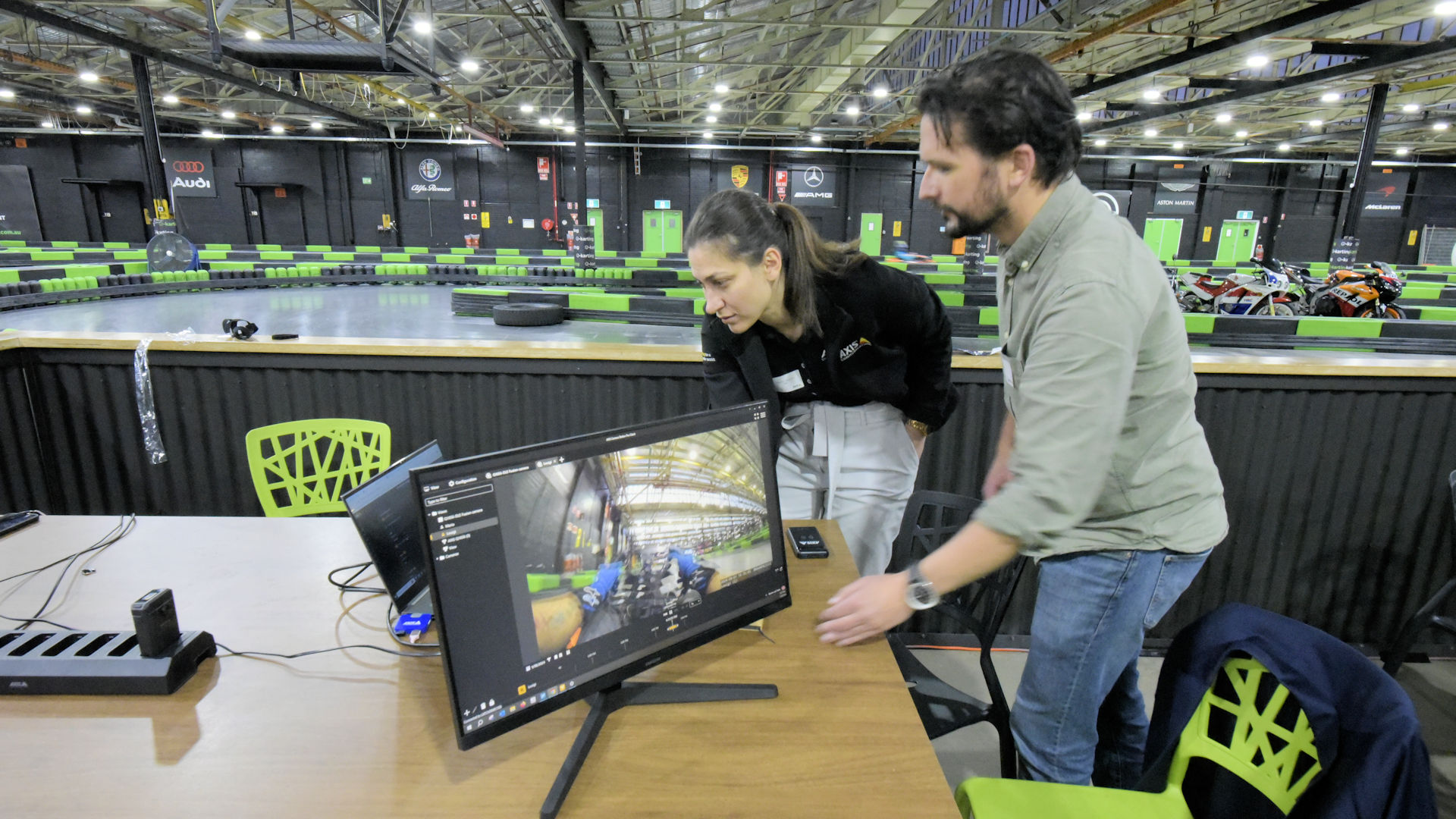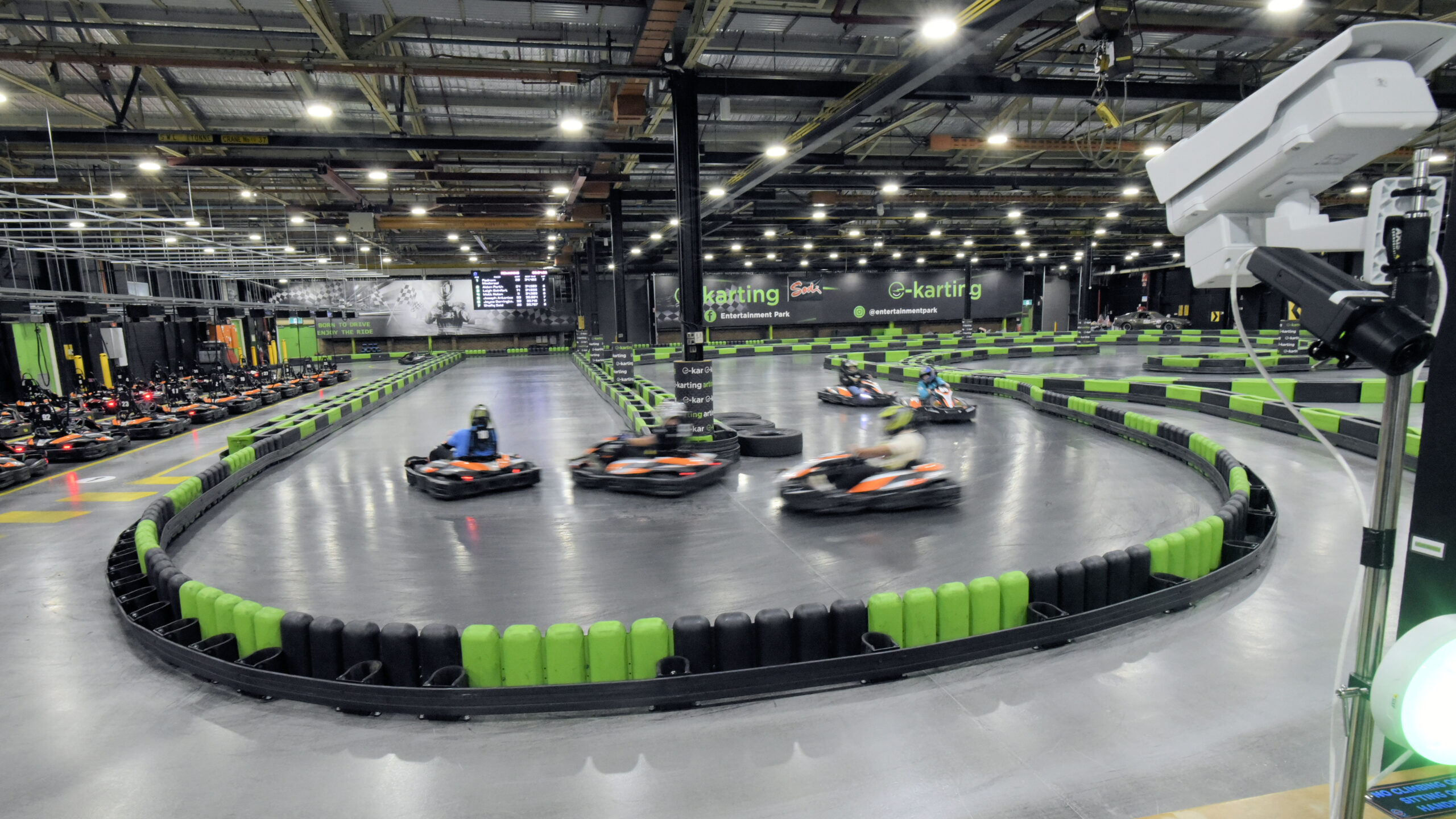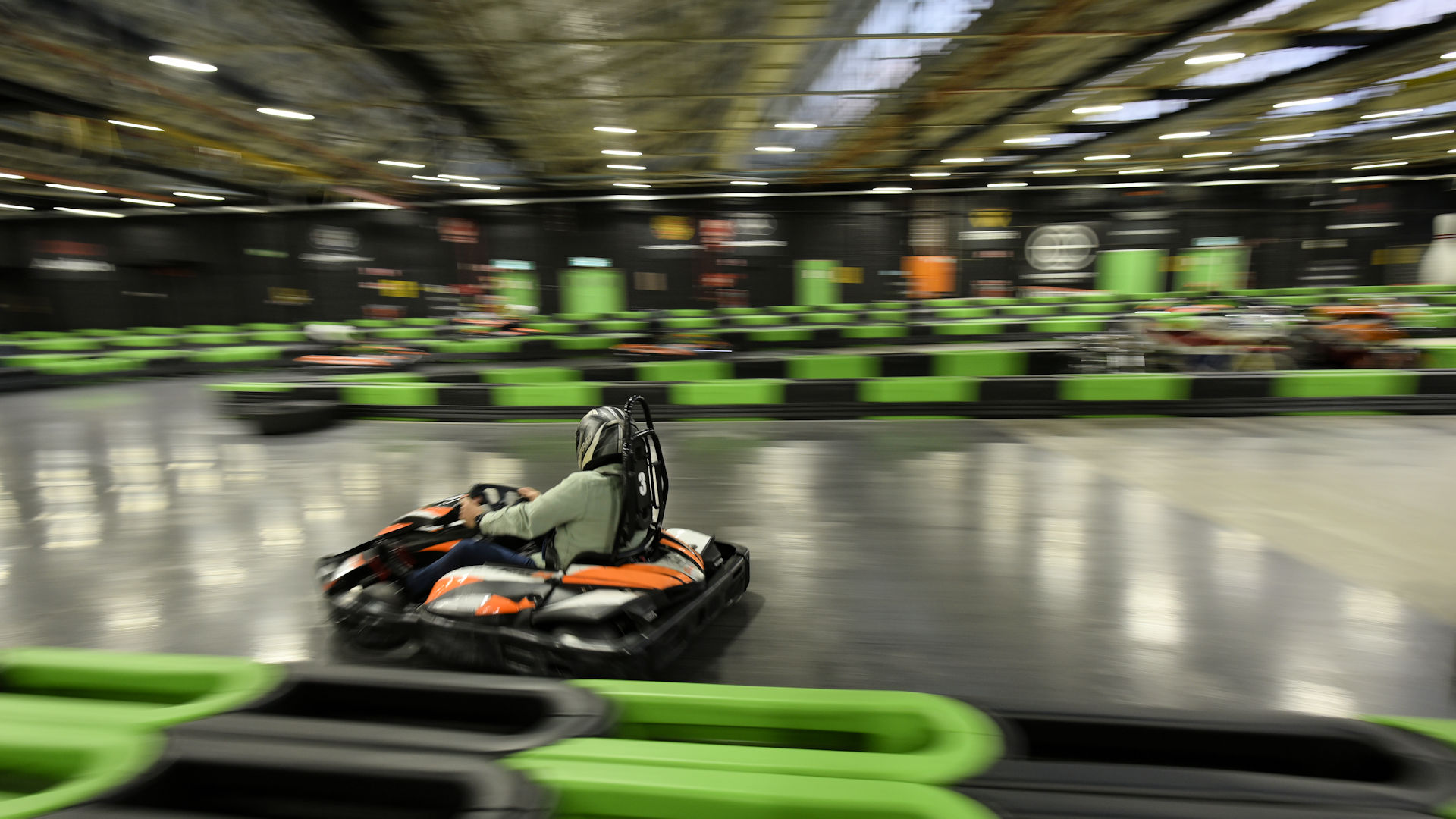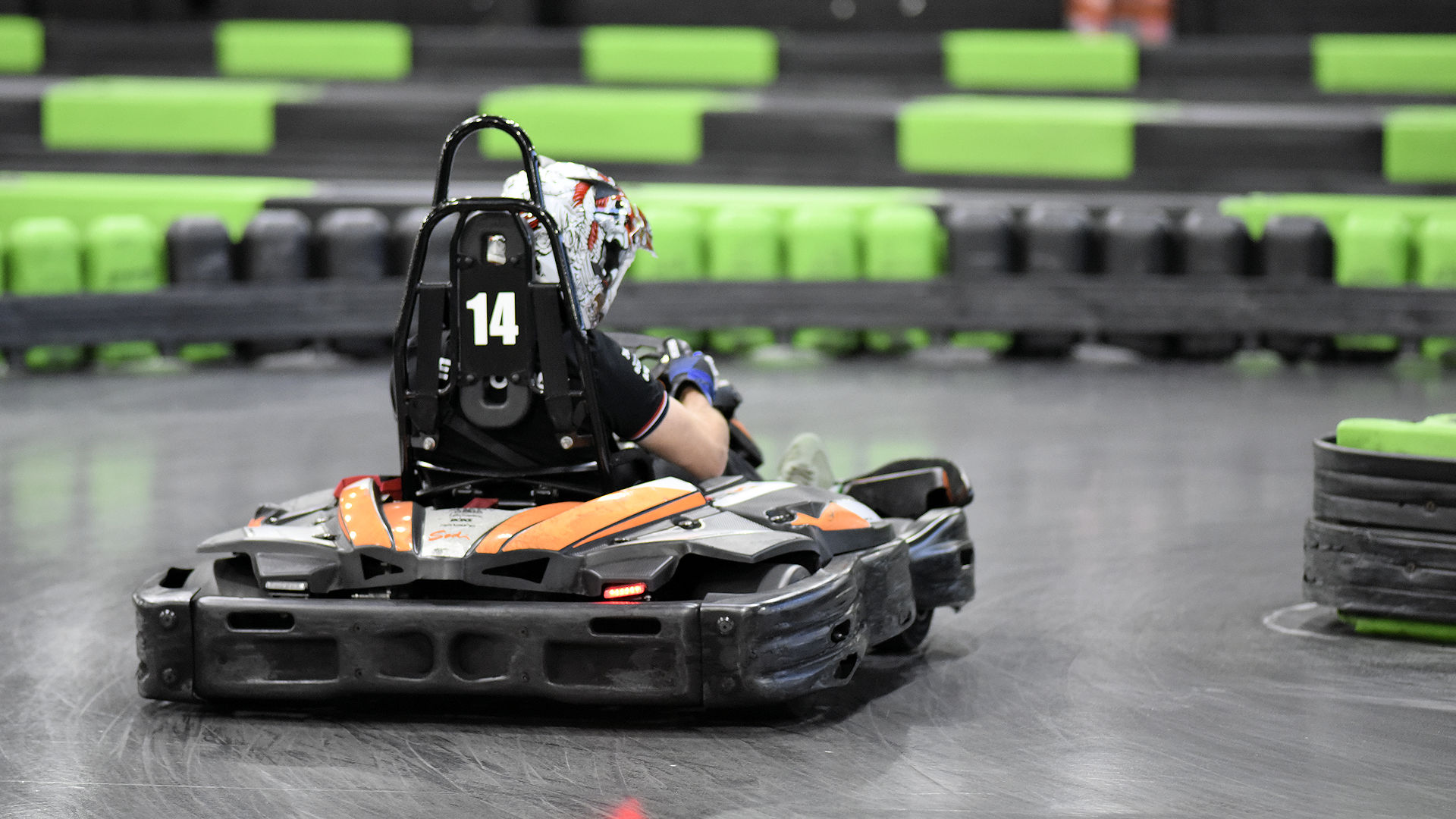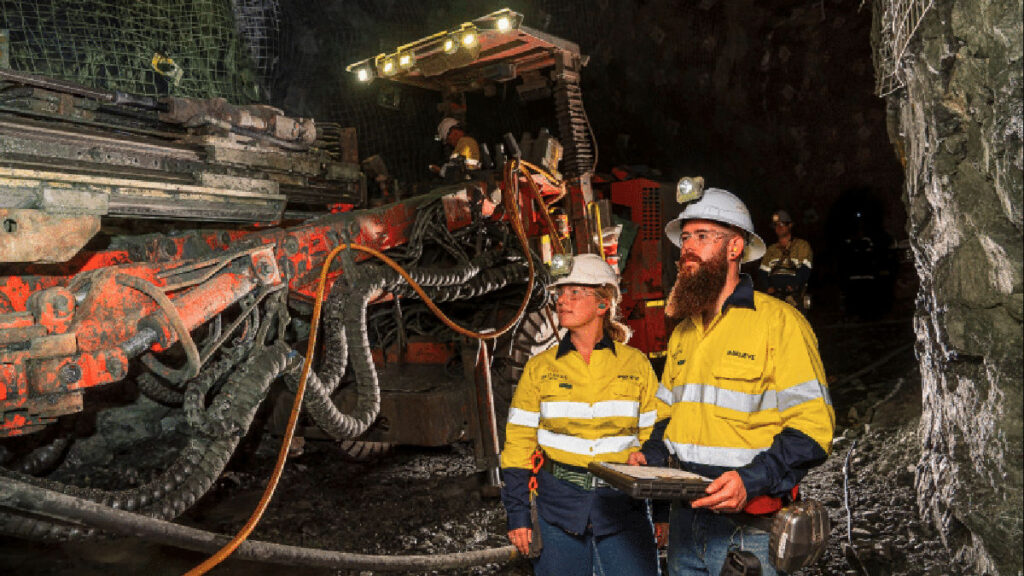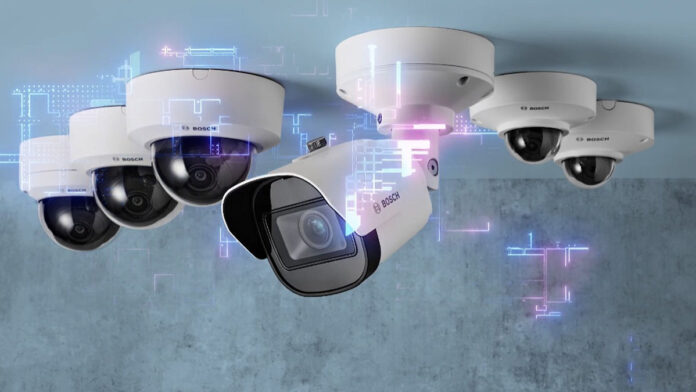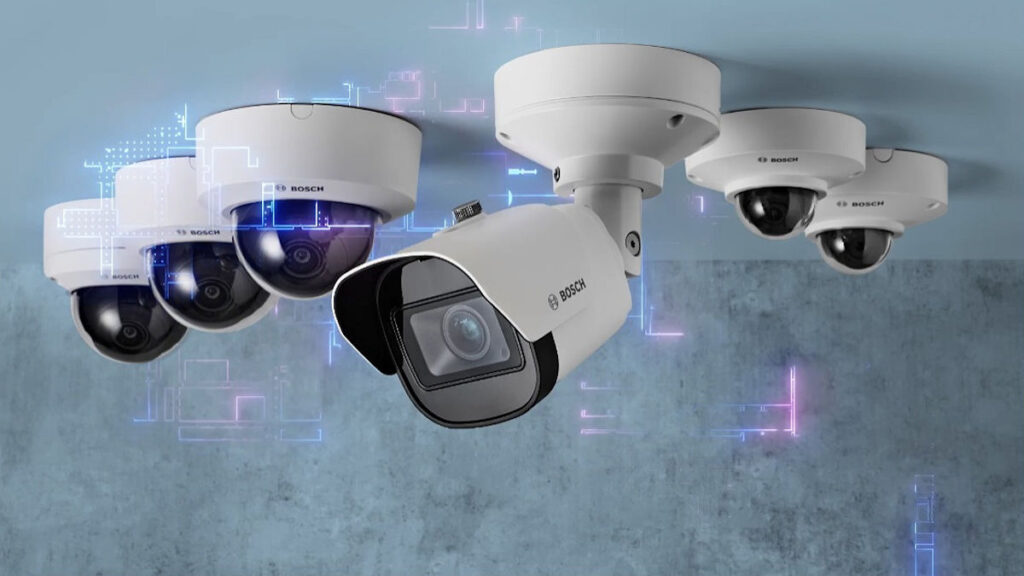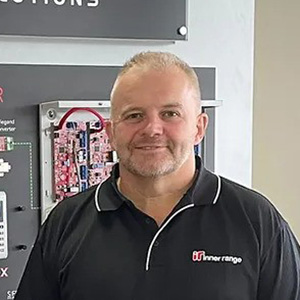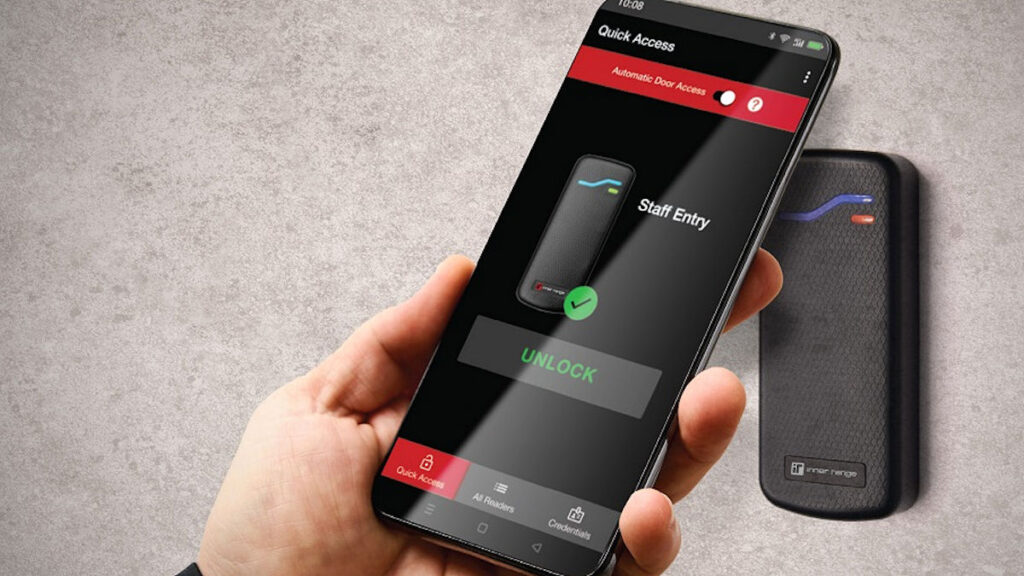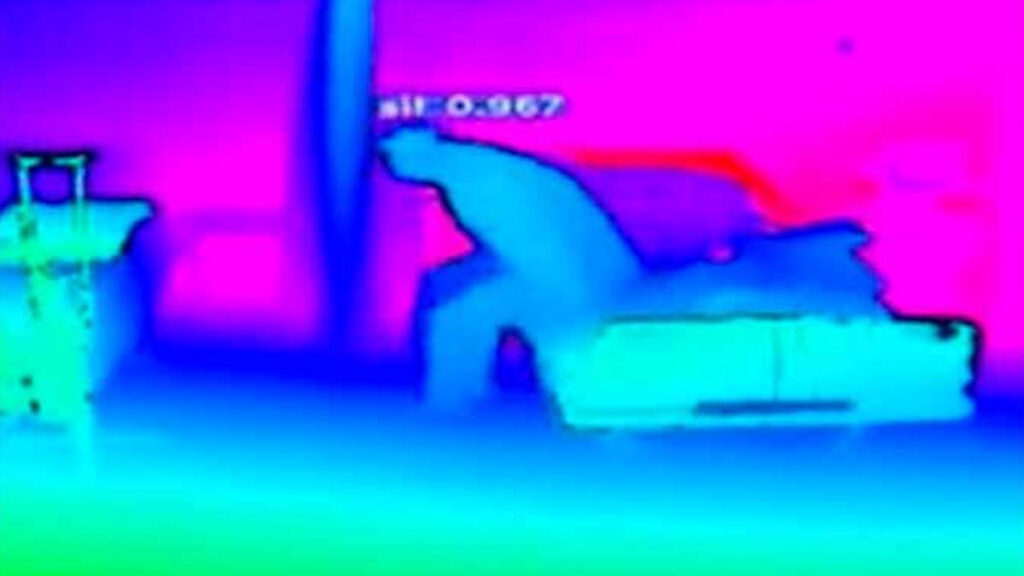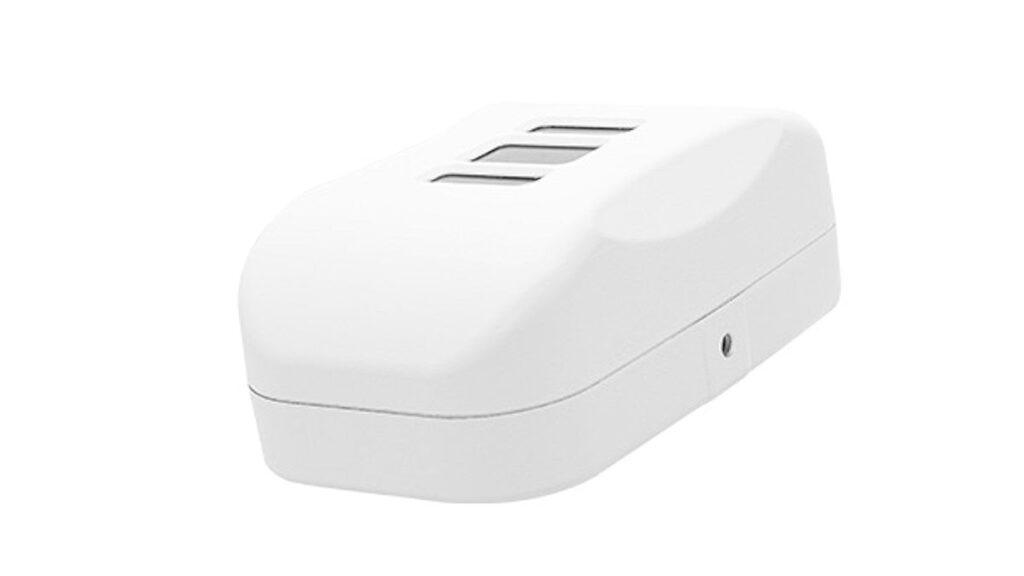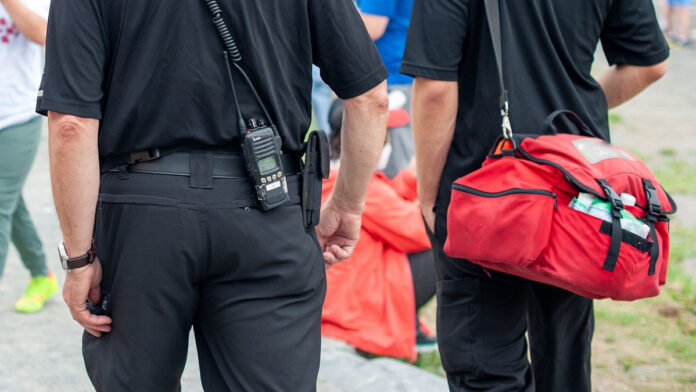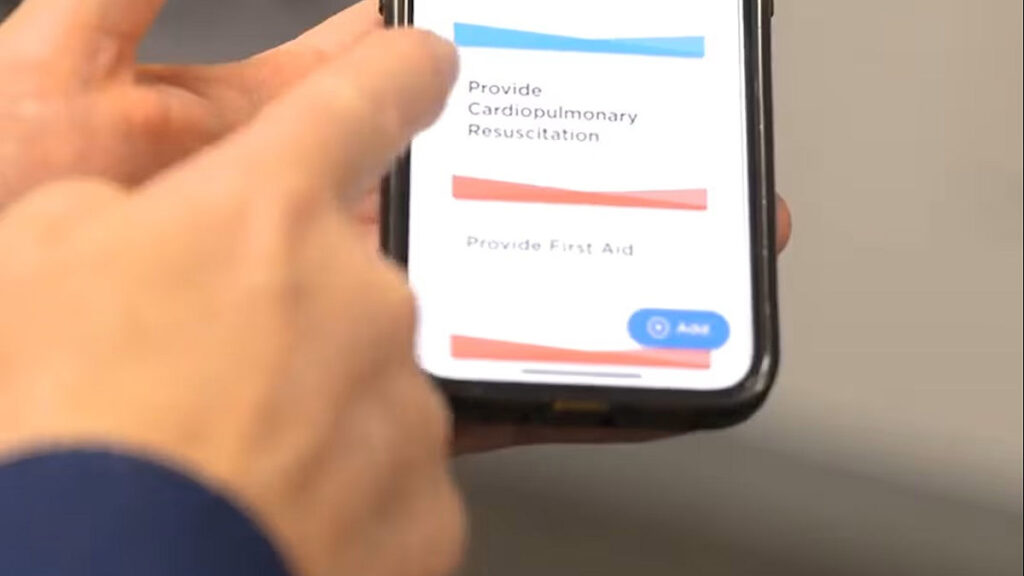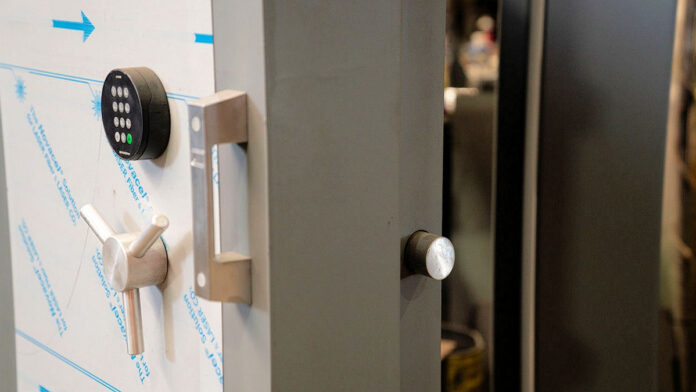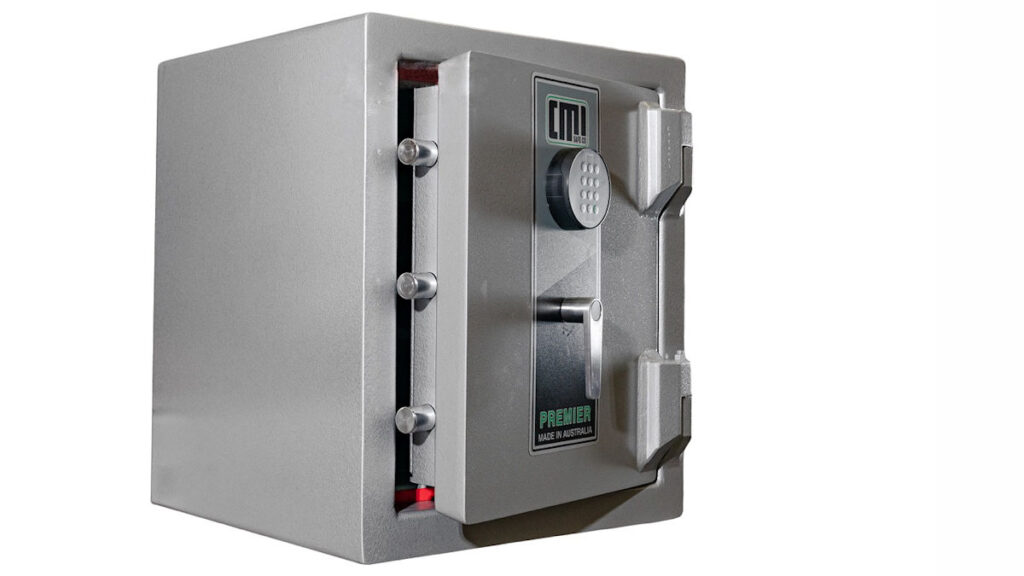Small Venues Should Implement Strategy for Protecting Crowded Places from Terrorism And Violent Attacks.
Small venues should implement Strategy for Protecting Crowded Places – Over the last few years large venues have been slowly putting into place technology and procedures designed to ensure they conform with the Australia and New Zealand’s Counter-Terrorism Committee’s Strategy for Protecting Crowded Places from Terrorism.
Violent events globally, including the recent stabbing attack on a dance class in Southport, England, an attack on a shopping centre in Bondi Junction in Sydney, an attack on a playground in France, and attacks on a church in Sydney and a mosque in Christchurch NZ, suggest smaller venues in ANZ should seriously consider undertaking the same process, which revolves around a strategy of deter, detect, delay and response to acts of terrorism and “foreseeable threats”.
If smaller venues have never heard of ANZCTC’s strategy, it’s up to security integrators and installers to explain it to them – not least because ANZCTC has made it clear that while government takes on an active role to detect and deter terrorism and acts of violence in public spaces, there’s a responsibility resting on venue owners to assess their risk and implement necessary precautions.
Tricky for owners of operators of small venues, trying to establish a sense of risk is difficult, but growing social fault lines, which include systemic frailty in managing mental health issues, mean preparing for the worst is no longer optional. It’s possible for small venues to implement simple and affordable systems and procedures that can save lives.
Assisting smaller venues, and the integrators and installers that serve them, is the fact affordable security technology is becoming much smarter and much more connected. It’s now possible to assess evolving situations in real time. But other key areas of defence worth exploring include affordable access control, which might only manage a single robust door, allowing authorised people into a venue, while denying access to unauthorised individuals and delaying them long enough to ensure they flee in fear of response.
Supporting such a strategy would be procedures for unthinkable events that allow access to safe rooms or multiple escape exits. Getting this right would demand training sessions for people who may never have needed to consider them before. Some venue operators might also need to think about security officers appropriately protected against knife attacks, which have emerged in multiple countries as a serious threat to the public and to law enforcement officers.
For smaller venues, staff are going to find themselves instinctively acting as first responders, a role for which they will be entirely unprepared and brutally under-equipped. The critical injuries suffered by organisers of the dance event in Southport, as well as by citizen responders in Bondi, Christchurch and more, suggest access control and physical barriers are the key to empowering a strategy of deter, detect, delay and respond – the latter giving police time to respond to attempted violence with commensurate force.
ANZCTC’s Strategy for Protecting Crowded Places
The Strategy for Protecting Crowded Places from Terrorism recognises there is a terrorist threat to ANZ from groups and individuals with the means and will to carry out such an attack – this threat covers all hostile actors no matter their foundational motivations.
The document recognises that the threat is persistent and is not confined to any location. Attacks include those with vehicles, knives and firearms, such as have been used to devastating effect overseas in concert halls, pedestrian walks, shopping malls, schools, universities, marketplaces, and in places of worship.
According to the report, while government is proactive in defending ANZ from attacks, owners and operators of crowded places have primary responsibility for protecting their sites and a duty of care to protect people on their sites from all foreseeable threats, including terrorism.
The strategy lays out a national framework called the Crowded Places Partnership, which will provide a consistent approach in each state between all levels of government, police and owners and operators of public space.
A range of supporting materials will be made available to assist members of the Crowded Places Partnership that propose guidelines to defend against armed offenders, IEDs, hostile vehicle mitigation and more. The strategy will be reviewed regularly by the Australia-New Zealand Counter-Terrorism Committee.
Owners And Operators Are Liable
The strategy makes clear it is owners and operators of crowded spaces who bear the responsibility for protecting their sites and the first aspect of this responsibility is to undertake a risk assessment or vulnerability analysis and to implement the appropriate mitigations, monitor them for effectiveness and review them regularly. Personal liability can attach to some of these obligations if they are breached, according to the document.
The strategy calls for a plan to be implemented by every crowded place that prioritises saving lives and minimising harm while protecting physical assets, information, reputation and elements that could affect the business community. At all times, owners and operators remain responsible for understanding terrorist threats and threats of violence and adjusting their security arrangements to meet them.
Owners and operators are encouraged to implement layered security, which could include obvious physical and electronic hardening measures, such as electronic access control, physical countermeasures including bollards and trained security responders, video surveillance solutions to monitor space and facilitate co-ordinated reactions by security teams to unfolding events.
According to the strategy, this layered approach works by building multiple layers of defensive redundancy around a site so that failure of any one layer will not compromise overall security of the site being protected.
It goes without saying that for many sites, applying layered security is going to be challenging and private security people will need to assist. Furthermore, many sites that up until now have been considered relatively secure because no one would dream of attacking them will have to go back to the drawing board and beef up security measures or risk serious liability in the event of an attack.
Deter, Detect, Delay, Respond
The strategy calls for deterring an attack with physical and electronic target hardening, including fencing, perimeter security lighting, warning signs, security patrols, CCTV cameras, vehicle security barriers and bollards. But these deterrents could be simpler – a strong door, a robust set of procedures, the presence of a well-trained security officer.
Terrorist attack detection systems are described as CCTV cameras, intrusion detection systems, active reporting by staff, security teams or the public, vehicle screening and searching, canine explosives detection, X-ray machines, metal detectors and explosives detection systems.
The security solutions implemented must delay terrorists using security fences, environmental barriers, vehicle security barriers, pedestrian and traffic access points, trained staff interventions and rapid security response.
And there must be a response to attacks via trained security staff, reliable emergency communications systems and comprehensive security plans that are understood by all staff and security personally, regularly exercised and compatible with local emergency services plans.
The report recognises the expense of security and states that owners and operators must prioritise the highest risk areas of their crowded place and should try to incorporate security measures into site design where possible to reduce costs. Also considered vital under the strategy is fast recovery from terror attack – that means adjusting operations to ensure minimum exposure of high-risk assets to the most vulnerable areas of a site.
There must be a business continuity plan, a high level of training, as well as cross-training of skills. There must be documented procedures so staff can readily perform unfamiliar tasks, relocation bases outside the primary location, remote access to IT services incorporating backup, alternative essential equipment and out of hours contact for critical personnel.
According to the strategy, resilient crowded places can do more to prevent a terrorist attack – or any violent attack, can reduce the damage caused by an attack and can recover more quickly after an attack – building a strong security culture is central to developing resilience. There’s no point pretending this final point isn’t hard to swallow when it comes to protecting children in crowded places, like playgrounds or at small-town dance venues.
Many of the solutions noted above are beyond smaller venues. Regardless, security providers need to consider the ramifications of these events when it comes to threats to customers. Even modest increases in security levels – managed access control at council hire facilities, or robust procedures – have the potential to save lives.
You can find ANZCTC’s strategy for protecting crowded spaces document here or read more SEN news here.
“Small Venues Should Implement Strategy for Protecting Crowded Places from Terrorism And Violent Attacks.”












